Blog
The vision of Upanishads explained
Surya Tahora - 23 August, 2019
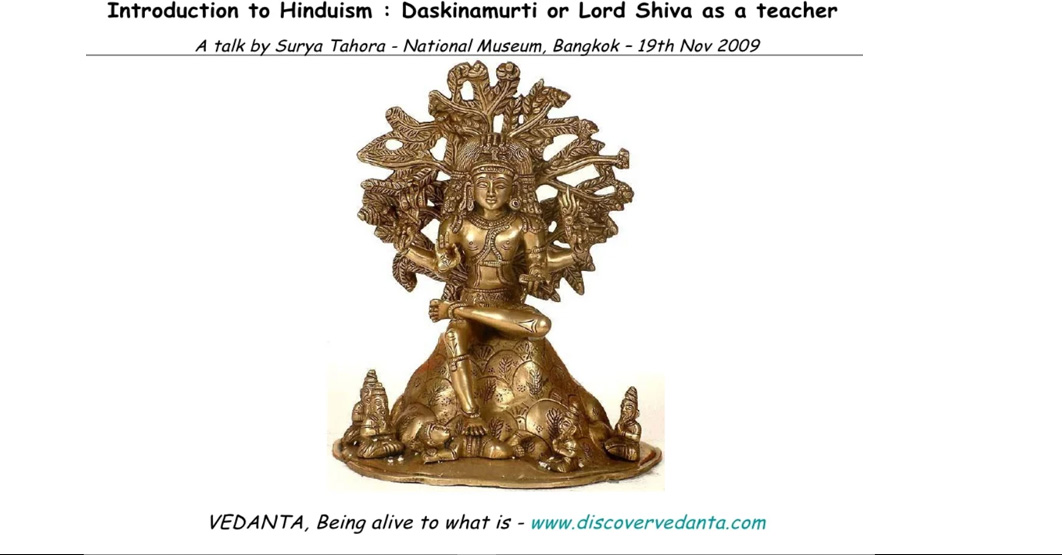
Introduction to Hinduism
This is the presentation I made at National Museum in Bangkok on 19th November 2009 and which is available on Slide Share. To view it full screen, click on the ‘full’ icon at the bottom of the video screen.
I chose to speak during this talk about various representations of Lord Shiva as a teacher (Daksinamurti). Why this choice? Because it conveys in a condensed and visual manner the entire philosophy and vision of Upanishads. Thus it makes us have access and understand the Indian psyche and culture, as it is lived throughout the ages, from the ancient times to today. Also, Daksinamurti as a teacher brings into the picture the teaching element, which is missing in the well known figure of Shiva as a Dancer. Indeed the relationship between teacher and student is a key to understand Hinduism as it was and is lived today, since it is essentially a teaching tradition.
The Upanishads start by our sense of inadequacy, dissatisfaction, limitation at various levels since as human beings, we are confronted to the vastness, powerfulness, unpredictability and complexity of the universe. Our helplessness and thirst for meaning is represented by the Banyan tree as the background. The banyan tree stands for an endless life of becoming with secondary roots perpetuating further this human predicament. Its roots are getting more and more entrenched, making us unable to find any lasting satisfaction in life. What we want is to find our way out of this thick forest and put an end for good to this sense of limitation.
The palm leaves in the left hand represent the sacred texts (Upanishads) which are capable of giving us knowledge of the reality of ourselves and the universe. They reveal to us that the conclusion about myself, that I am limited, is wrong and comes from the ignorance of my real nature. In their vision I am already free from any limitation. Teaching is done for me to discover this fact. Nature of the individual, the universe and its cause are inquired into very systematically with the help of an evolved methodology of teaching, handled by a teacher. The student who desires to put an end to his sense of inadequacy and limitation chooses to expose himself to the words of a teacher, reflect upon them with the help of reasoning and contemplate upon their meaning.
The gesture of knowledge (cin mudra) expresses the content of the teaching : ‘you are that’, you are the limitlessness you have been endlessly seeking through all your pursuits. It reveals the identity between you, the individual (index finger) and that, the cause of the universe (thumb). Just like wave and ocean when they are equated are found to be essentially nothing but water, all that is here is one limitless being, and that you are.
However, my experiences seem to suggest that I am distinct from everything else and hence I am small. If each name and form in the universe that I see is different from me and from each other, then there can not be oneness and I can not be limitless. Again, the representation of Daksinamurti shows how these apparent differences in names and forms resolve into one as Daksinamurti (the cause of the universe) is containing the whole universe. According to the Vedic model, this universe, with all its varied forms and characteristics, is in fact made of five elements— space, air, fire, water and earth. Space is represented by a drum, in his right hand, which encloses empty space. Next air is represented by the ‘bandana’ holding Daksinamurti’s hair in place against the wind. In his left hand, the torch represents fire. Water is shown by sacred river Ganges, in the form of a Goddess, on Daksinamurti’s head. Earth is represented by the material of which Daksinamurti is made.
Further, the universe consists also of the sun, moon and stars. Sun (all luminous bodies) and moon (all planets) which are seen above the head of Daksinamurti are also not-separate from the cause. Then there are people, who are the disciples of Daksinamurti, sitting at the base of sculpture.
Finally, Daksinamurti wears a male earring in the right ear and a female earring in the left ear. This is a way to suggest that the cause of the universe is both maker and material, the intelligent and the material cause. Both female and male implies also he/she/it is neither male nor female.
The vision indicated here is that the whole universe including me, —the one who is looking at the world, with all its galaxies, planets, stars and all things unknown to me, is not separate from its cause. In other words, ‘all that is here, is one Isvara [all knowledge and power]‘ (Isha Upanishad). Manifested in the various forms of the universe, it pervades, permeates, sustains and supports the whole universe. All different names and forms in universe are in fact not separate from Isvara (the cause). Just like in Ocean, all the different waves are not separate from the cause (Ocean).
The teaching goes one step further, by resolving the equation ‘you are that’ shown in the gesture of knowledge. The truth of ocean is water, that is why truth of every wave which is part of ocean is also water. With this analogy, we can understand how truth of cause of the universe is one limitless being. And the truth of every form which is part of universe (including me, the individual) is also one and limitless being. There is only one limitless being, and that you are.
Three other elements in the form of Daksinamurti (rosary of beads, bull and dwarf) represent the areas in which we have to grow, some of the various ways to become prepared for this knowledge and see it intimately. The bull stands for dharma, justice and virtue. To be able to assimilate and understand this vision, I have to be in harmony with the ethical universal order and live a life of values, compassion, giving, non violence. The dwarf who is shown under the right foot is Apasmara holding a sharp knife that can tear off our being. It stands for the ego who is trying to preserve its reality. It can also be seen as the unconscious which keeps on interfering in our life and which needs to be processed and neutralized. Mala of beads which usually evokes religious disciplines indicates a life of relating to Isvara (the cause), to what is, to be alive to the grand order which is manifest in the form of various orders such as the physical, biological, psychological, epistemological orders, etc.
To conclude, the form of Daksinamurti presents us in a very complete manner the human quest of freedom from limitation and inadequacy. It points towards the essence of the teaching of Upanishads : there is an essential non-difference, an identity between the individual and the cause of the universe, Isvara. Both the individual and the cause of the universe being essentially one limitless being. Finally it reveals the ways to achieve this knowledge and gain the absolute freedom (moksa) through exposing ourselves to the teaching of the texts, inquiring into their meaning, leading an ethical life, relating to the total and mastering our body and mind.





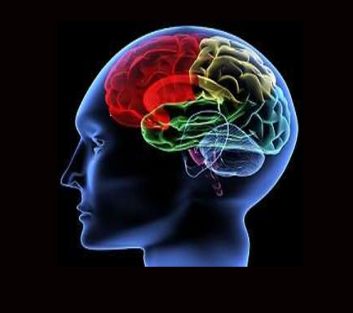
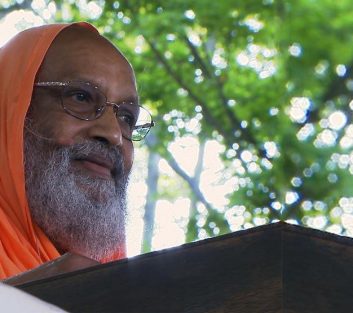
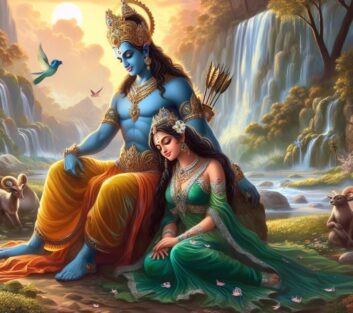
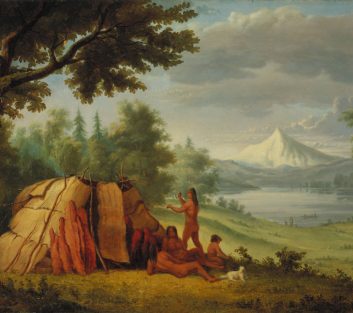
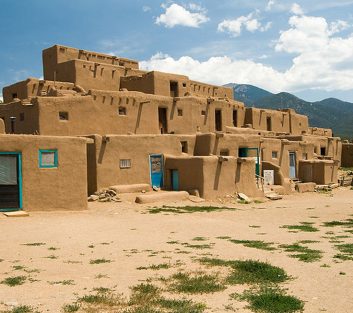


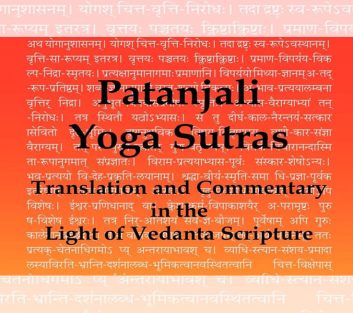
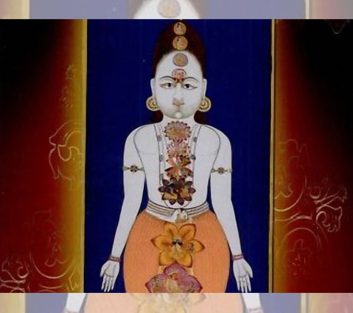
Leave a comment